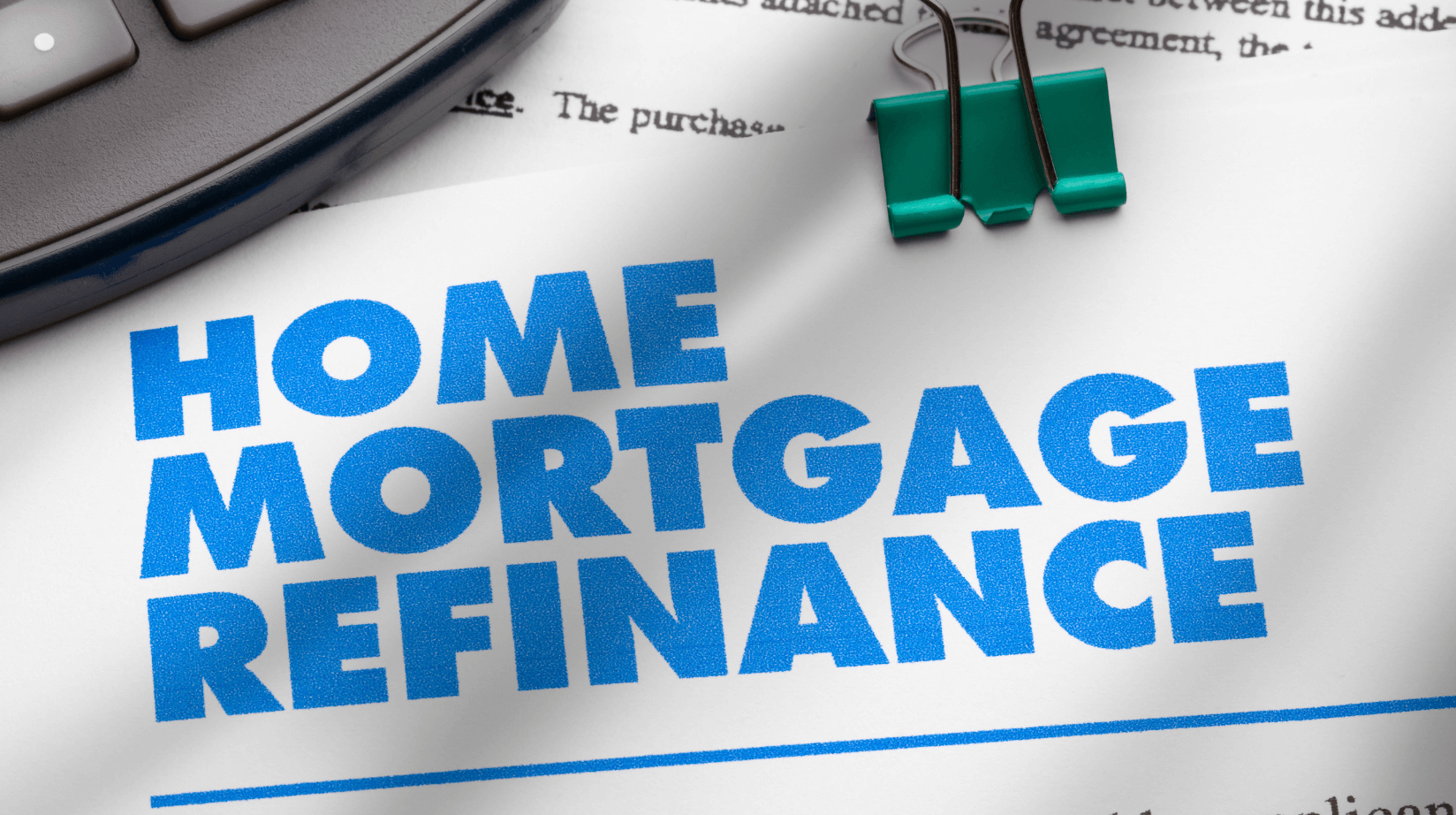The impact of Tax Depreciation on cash flow, negative and positive gearing
As we move into the space of property investing, it’s very important to understand the dollars and cents of your investments – the gearing position. It gives you a real snapshot of the true financial make-up of your hard-earned dollars and whether those dollars are working for you. After all, that is why we all decide to invest in the first place!
Gearing
Gearing is determined by your gross profit (rent) versus any expenses that are incurred. The gearing positions are explained as follows:
- Positively-geared properties will yield more rent than all the expenses combined. On the other hand;
- Negatively-geared properties will yield less rent than the total expenses combined. And lastly;
- Neutrally-geared properties will provide a balanced investment, where it neither is profitable nor costing you to hold the property.
All three gearing positions come with their own risks and benefits.
It is worth noting, expenses on a property can include:
- The interest component on your loan
- Maintenance and repairs costs
- Property management fees
- Water levy
- Council levy
Benefits of investing in a neutrally/negatively gearing property
Generally, it’s ideal to invest in a rental property that is positively geared, however, with investing there are also other valid reasons someone might purchase a property even when it might be neutrally or negatively geared. These benefits of investing can include:
- Capital gains – the knowledge and experience of the housing sector potentially inclining over a certain period in the future
- The opportunity to develop or improve the lot in a way that may generate further rental yields or a more saleable lot in the future
- Purchasing an investment property in an area that you may want to potentially live in one day, ultimately sacrificing some cash flow to ‘get your foot in the door’.
Common ways to improve gearing
- Provision of a tax depreciation schedule – a non-cash deduction available from the Australian Tax Office to provide tax relief to the property investor. The schedule produced by a Registered Tax Agent that is practising Quantity Surveying, will substantiate claims made by the investor on how much depreciation that is incurred during the time of ownership.
- Improving the loan structure can ultimately reduce the interest rate on an investment loan. Speaking to your lender or a mortgage broker can potentially save you thousands in interest per year and boost that cash flow leading to a more positively-geared property.
Tuan Duong is the Director of Duo Tax Quantity Surveyors. One key vision of the business is to ensure all property investors are well equipped with the right tools and knowledge about property tax depreciation.
With a multitude of property types in Australia, Tuan’s team are able to prepare tax depreciation schedules for properties as small as a granny flat or office suites to large scale multi-storey developments. The pivotal success of Duo Tax stems from an ability to provide a personalised touch to what is a very streamlined engagement process.
For further assistance, email Tuan Duong at: info@duotax.com.au
** General Advice Warning
The information provided on this website is general in nature only and it does not take into account your personal needs or circumstances into consideration. Before acting on any advice, you should consider whether the information is appropriate to your needs and where appropriate, seek professional advice in relation to legal, financial, taxation, mortgage or other advice.




